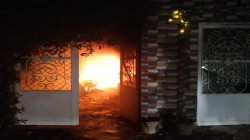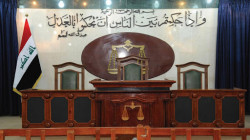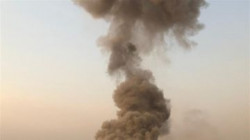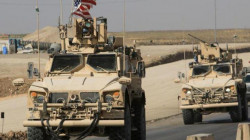MEE: Babel, ostracised 4000 years old city
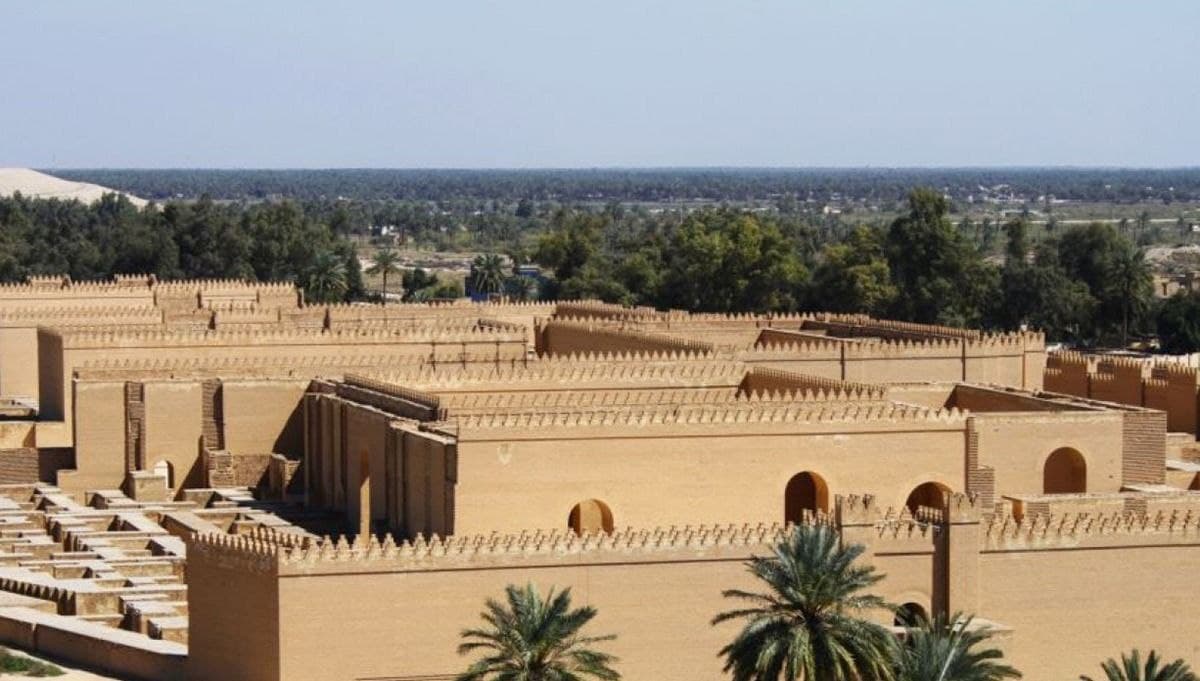
Shafaq News/ Unlike Egypt, home to the pyramids of Giza, or Italy, where the colosseum stands in all its might and glory, Iraq is not on the world's top list for tourist destinations. Nearly two decades of war and instability have left the country and its historical and archeological treasures out of reach for most. Iraq's ancient sites, however, are no less exceptional or impressive than the world's most widely visited monuments of ancient civilisations.
The war-torn country is home to one of the world's first and greatests imperial cities and perhaps where urban civilisation itself was born. The ancient city of Babylon, located 85km from present-day Baghdad, was the seat of some of the ancient world's most powerful civilisations. With a history dating back some 4,000 years, it was the most important city in Mesopotamia, the cradle of civilisation and where the foundations for the concepts of government, religion and literature were first laid.
The ancient walled city of Babylon rose to prominence during the reign of Hammurabi, the Mesopotamian king renowned for the world's first written law. From Babylon, which means Gate of the Gods, he ruled an empire that stretched across most of Mesopotamia. But it was under Nebuchadnezzar II, the second and greatest king of the Neo-Babylonian Empire, that Babylon reached glory.
Though biblical narratives portray Babylon as a city of wickedness and evil, the ancient kingdom was a hub of learning, culture, writing, art and commerce. It is also believed to be the first metropolis in the ancient world to reach a population of some 200,000.
The once-mighty city is most famous for the fabled Hanging Gardens of Babylon, one of the Seven Wonders of the Ancient World. According to legend, Nebuchadnezzar II ordered the construction of these lush, terraced gardens as a gift to his Median wife Queen Amytis to mimic the green valleys of Persia and remind her of her homeland. Archeologists, however, refute that the Hanging Gardens were in Babylon itself, while others doubt the gardens ever existed to the scale depicted by legend, if they existed at all.
The city is also known for the Tower of Babel, a legendary tower said to touch the sky.
But perhaps Babylon's most defining feature is the magnificent Ishtar Gate, a monumental blue-glazed, burnt-brick entryway built by Nebuchadnezzar II around 575 BC as a part of a grand walled processional way leading into the city. The gate was dedicated to the Babylonian goddess Ishtar and decorated with wild animals and mythical creatures of religious significance. It was the eighth gate to the inner city of Babylon, which was surrounded by mighty mud-brick walls considered one of the original Seven Wonders of the World.
After German archaeologist Robert Koldewey began excavating at the city of Babylon in 1899, a remarkable assembly of his finds saw the creation of a life-size reconstruction of the frontal segment of the gate at the Pergamon Museum in Berlin where it remains on display today. The government of Iraq has repeatedly petitioned Germany to return the gate, without success.
Many pieces from the Processional Way and panels from the facade of the gate excavated in the early 20th century were also sold to museums around the world where they can be seen today.
Former Iraqi leader Saddam Hussein restored the site and rebuilt much of Babylon on top of its ancient ruins, including a smaller replica of the Ishtar Gate. He also built himself a striking palace on a hill overlooking the ancient city which he reconstructed in a bid to connect Iraq to its ancient history.
Many of the bricks on the site were stamped with the declaration: "In the reign of the victorious Saddam Hussein, the president of the Republic, may God keep him the guardian of the great Iraq and the renovator of its renaissance and the builder of its great civilization, the rebuilding of the great city of Babylon was done in 1987."
Before the 2003 US invasion of Iraq, Babylon was one of the country's most visited sites. US forces left a trail of destruction in many of Iraq's historical sites, including damage to Babylon and the Ishtar Gate reproduction. After US Marines built a helipad on the ruins of Babylon, the roof of one of the buildings collapsed due to the vibrations caused by American helicopters. Soldiers were also known to have filled their sandbags with archeological fragments from the site, while many artefacts were looted and sold on the black market.
Saddam's castle was also turned into a command centre, and most of the interior walls of the castle have since been vandalised and covered in graffiti by both US soldiers and Iraqis left to wander around the site.
The 2003 US invasion also put a stop to the Babylon International Festival, a regional display of traditional dance, music and arts which was first held at the site in 1985. After nearly two decades of war and sectarian strife, the festival returned to Iraq for the first time in 2021 with a host of performances and events that drew representatives from over 50 nations.
As Iraq continues to struggle with political instability, economic downfall and a tremendous lack of security, Babylon, the city of wonders and once the capital of a mighty empire, endures, as do many of Iraq's historical and magnificent structures.
Originally appeared on MEE
